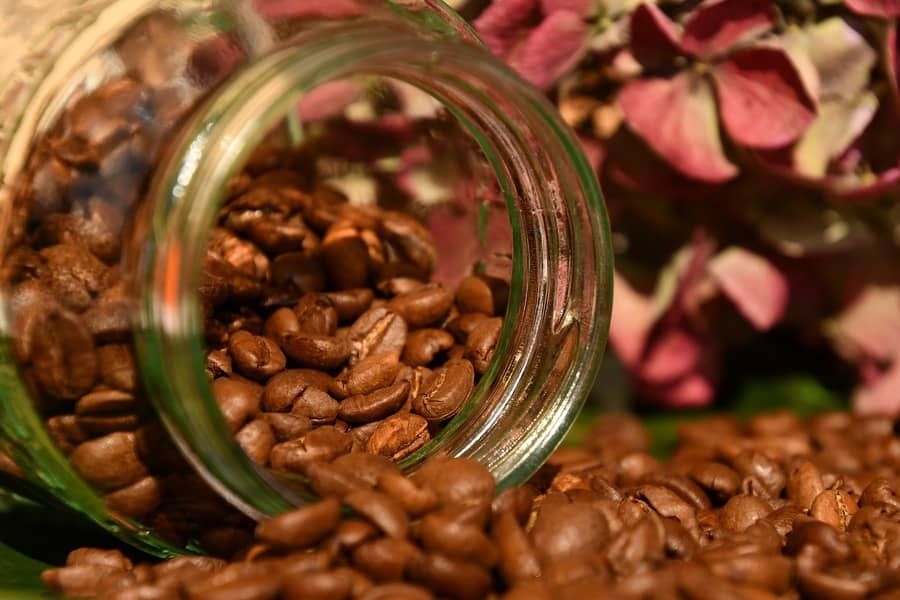Porto Alegre, February 3th, 2023 – The Mar/23 position for the coffee futures on ICE Futures US broke the top at 174.95 cents, accelerated buy orders, and sought the 100-time average, which serves as long-term technical parameter. These technical triggers gave impetus to price escalation, with coffee surpassing 180 cents. Besides the favorable technical environment, the bullish construction was also supported by the macroeconomic scenario, the weaker dollar, and, especially, the difficulty that demand has faced in buying coffee in the physical market, particularly in Brazil.
The bullish movement observed in New York is based much more on adjustments and corrections than on a change in the long-term fundamental scenario. Gains are mainly centered on tightening physical supplies. So much so that the upward movement for the spot contract on ICE US is not followed, in the same proportion, by the most distant positions. This only reinforces the idea that the recent movement has short-term momentum. In the long term, the market is still working with the expectation of a full Brazilian crop in 2023 and, consequently, growth in supply and easier supply.
In a broader view, the transition of the financial and fundamental context becomes clearer. In the case of coffee, the 2021 frost and two years of crop failure in Brazil profoundly altered the price behavior. The expectation is that arabica production will sustain itself at higher levels, bringing tranquility back to global supply. As a result, the price curve, which even operated near 260 cents last year, converged again toward an average range of action. In any case, it is still close to 200 cents, which is positive news for sellers.
Market distortions force realignment
The recent coffee uptrend is linked to short-term distortions in the physical market. The difficulty faced by buyers here in Brazil, in view of the strong withdrawal of sellers, ended up being reflected in very firm FOB export differentials. This gave greater external visibility to the internal problem. Brazilian coffees, which normally operate with a negative spread against ICE US, started to work with premiums. And very high ones, especially on the sellers’ side.
Good MTGB coffee, for example, is nominally indicated bidded at +9 cents, while offers are around +18 cents. The great distance between bids and offers helps to make deals unfeasible. Besides, differentials are way above normal. A month ago, the description was -7 cents and a year ago -21 cents against ICE US. And this relative appreciation of Brazilian origin generates resistance from buyers, which also explains the slow business pace.
Export figures, with the country shipping close to 3 mln bags of green coffee in January, indicate a certain contradiction. Moreover, there are reports of warehouses still crowded with coffee. This leads us to believe the issue is not the lack of coffee, but the withdrawn attitude of growers explains this tight supply.
In any case, the uptrend on ICE US serves to try to bring price levels on FOB Brazil back to their normal logic. Differentials are usually more appreciated during the off-season. But what is happening this year goes far beyond this seasonal movement. Thus, the rise in New York tends to weaken the export bases, converging differentials toward a more friendly region for negotiations.
The rise on ICE US has already brought a little more selling interest. Now, what is expected is a reduction in FOB market differentials, which would serve as a trigger to bring liquidity to business. Another point is that the market has become inverted on ICE US, that is, the position with the new crop is cheaper than that of the shortest maturity. This makes loading unfeasible and helps to stop business with the future crop. And Brazil’s 2023 crop in a few months will already be a physical reality.
Copyright 2023 – Grupo CMA

